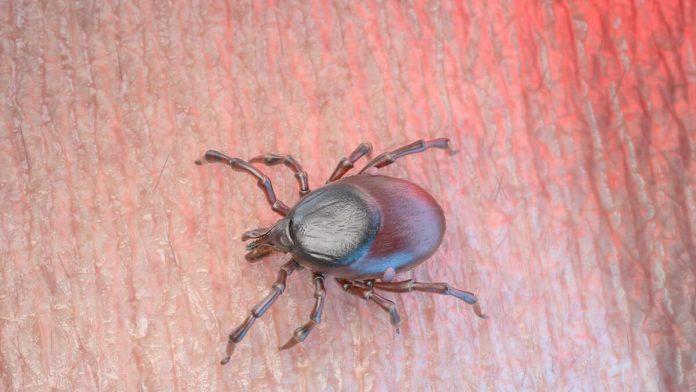A 74-year-old man in Spain has died from an Ebola-like disease known as Crimean-Congo hemorrhagic fever (CCHF) after being bitten by a tick. The man, who has not been identified, died of organ failure on Saturday (July 27) in an isolation unit at the La Paz-Carlos III Hospital in Madrid, according to a hospital spokesperson.
CCHF causes severe viral hemorrhagic fever outbreaks with symptoms similar to Ebola. Initial symptoms commonly include sudden fever, chills, vomiting, and diarrhea, followed by mood swings and confusion. The disease is also associated with bleeding, including nose bleeds, broken capillaries in the eyes, a rash caused by bleeding into the skin, and signs of internal bleeding such as blood in urine or stools.
The disease is difficult to prevent and treat, with no vaccine currently available. The mortality rate can be as high as 40%, according to the World Health Organization (WHO). The disease is most often transmitted by ticks and contact with the infected blood or tissue of livestock animals, but human-to-human transmission can occur.
The man visited a hospital in the town of Móstoles on July 19, reporting a fever and a general malaise after being bitten by a tick in Buenasbodas, in the Toledo province of central Spain, several days earlier. On July 21, health authorities confirmed that the man was infected with CCHF, and he was transferred to the isolation unit at the La Paz-Carlos III Hospital that day. Despite initially being reported in stable condition, he died a week later.
The disease is endemic in Africa, the Balkans, the Middle East, and Asian countries south of the 50th parallel, according to WHO. Jacob Lorenzo-Morales, director of the Canary Islands Institute of Tropical Disease and Public Health at the University of La Laguna, told CNN that the first case of CCHF in Spain was detected in 2016, and since then there have been one to three confirmed cases each year in the center and west of the country.

Recent Comments